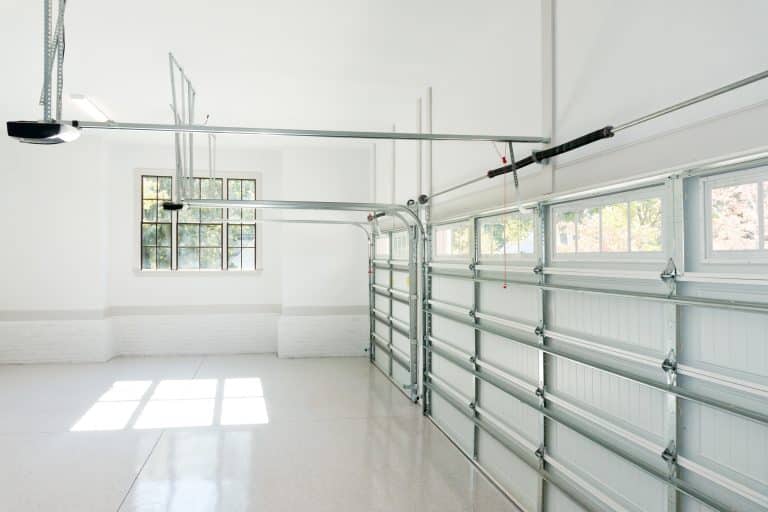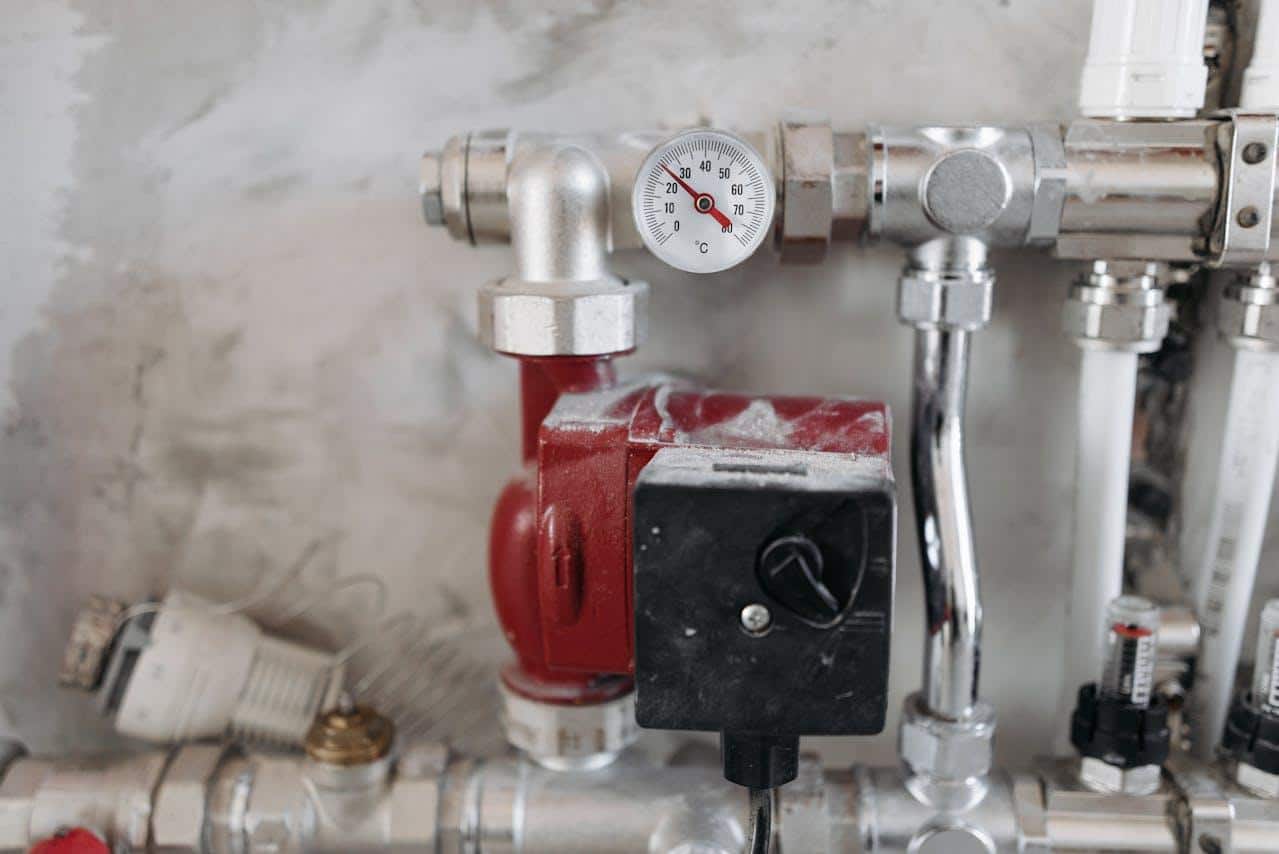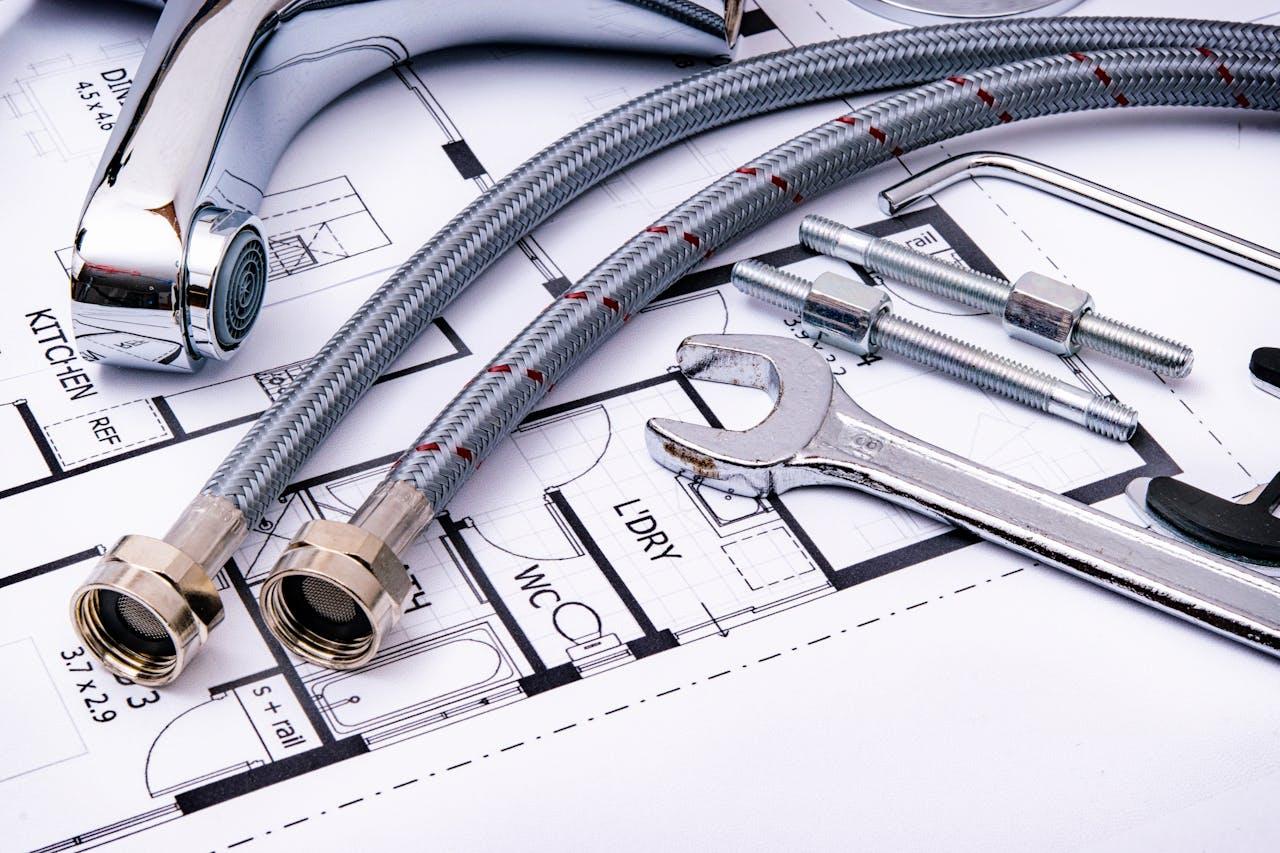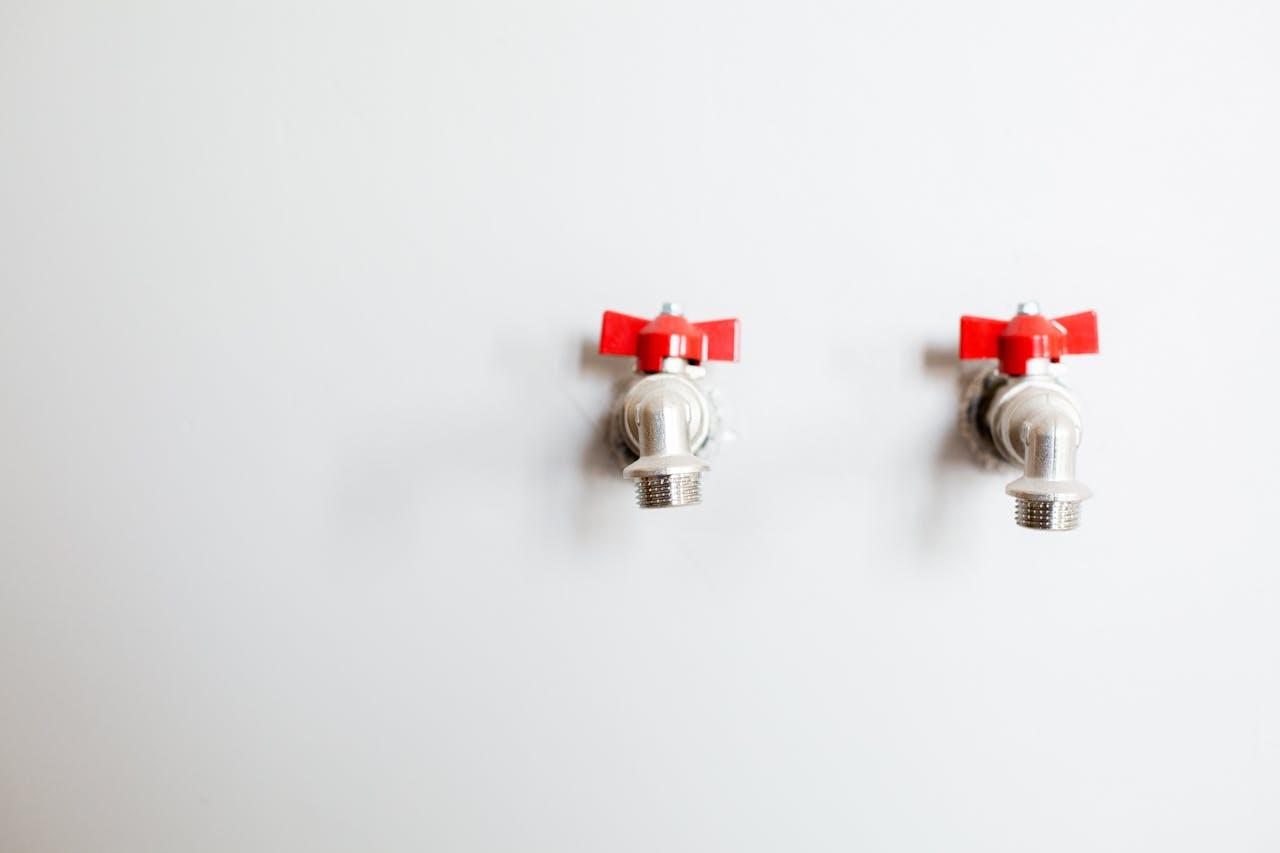When it comes to indoor gardening, choosing the right grow light is crucial for the health and productivity of your greenery. Whether you are a seasoned gardener or just starting out, the Spider Farmer SF4000 EVO LED Grow Light is a game-changer in the world of indoor grow lights. This powerful and efficient grow light is designed to provide your plants with the optimal light spectrum for growth, making it a must-have for any indoor garden.
Why Choose the Spider Farmer SF4000 for Flowers and Household Plants
1. Full Spectrum Light
The Spider Farmer SF4000 provides a full spectrum of light, including warm white, cool white, red, and infrared, which mimics natural sunlight. This balanced spectrum is crucial for the healthy development of flowers and household green plants at every growth stage, from seedling to full bloom.
Flowers benefit from the red and infrared light, which promote blooming and vibrant colors, while green plants thrive under the blue and white light, which supports healthy foliage and robust growth.
2. Energy Efficiency
One of the key features of the SF4000 is its use of the latest Samsung LM301H EVO diodes, which boast an impressive efficacy of 3.14 μmol/J. This efficiency surpasses that of previous models, such as the LM301H (3.10 μmol/J), LM301B (2.80 μmol/J), and LM301D (2.75 μmol/J).
The higher efficacy means that the SF4000 delivers more light per unit of energy consumed, resulting in better growth performance for your plants without driving up your electricity bills.
3. Enhanced Yield and Quality:
The uniform light distribution of the Spider Farmer SF4000 ensures that all parts of your plants receive adequate light. This leads to healthier, more robust plants and higher yields. For flowers, this means more blooms and vibrant colors. For green plants, expect lush, dense foliage.
The PPFD (Photosynthetic Photon Flux Density) maps show impressive light intensity coverage at different heights, ensuring that your plants get the optimal amount of light for photosynthesis.
4. User-Friendly and Durable:
This full-spectrum LED grow light is designed for ease of use. It features a dimmable function, allowing you to adjust the light intensity to meet the specific needs of your flowers and green plants.
The robust construction and high-quality materials ensure long-lasting performance. Additionally, the fanless design means it operates silently, making it ideal for indoor environments.
5. Eco-Friendly:
The energy-efficient design and long lifespan of the SF4000 make it a sustainable choice for indoor gardening. It reduces the need for frequent replacements and minimizes energy consumption, helping you grow your plants while being mindful of the environment.
How to Get the Best Results with the SF4000

1. Positioning:
Proper positioning of the SF4000 is crucial for ensuring your plants receive the right amount of light. Here’s how to do it:
- For Seedlings: Hang the light around 24 inches above the plants. Seedlings are delicate and require less intense light to prevent stress and promote healthy growth.
- For Mature Plants: Adjust the light to be 12-18 inches above the plants. This distance provides sufficient light intensity for photosynthesis, leading to robust growth and development. Use the PPFD map provided by Spider Farmer to fine-tune the height for even light distribution.
2. Lighting Schedule:
Maintaining a consistent lighting schedule is essential for the growth and development of your plants. Different stages of plant growth require different light cycles:
- Vegetative Stage: During this stage, your plants are focused on developing strong stems and lush foliage. An 18/6 light cycle (18 hours of light and 6 hours of darkness) is ideal for promoting vigorous growth. This schedule mimics the long days of summer.
- Flowering Stage: When your plants enter the flowering stage, they require a 12/12 light cycle (12 hours of light and 12 hours of darkness). This schedule mimics the shorter days of autumn, encouraging your plants to produce flowers. For flowering plants, the red and infrared spectrum in the SF4000 will enhance bloom development and coloration.
3. Monitoring:
Regularly monitoring your plants is essential for catching any potential issues early and ensuring optimal growth conditions:
- Light Burn: If you notice the leaves starting to turn yellow or brown, especially at the tips, your plants might be experiencing light burn. This can be caused by the light being too close or too intense. Raise the light or reduce the intensity using the dimmable function.
- Light Stress: Signs of light stress can include drooping leaves, discoloration, or stunted growth. Adjust the height of the light or dim it to a lower setting if you observe these symptoms.
- Overall Health: Keep an eye on the overall health of your plants, including their color, leaf texture, and growth rate. Healthy plants should be vibrant, with strong stems and well-formed leaves.
4. Additional Tips:
- Ventilation: Ensure your growing area is well-ventilated to prevent overheating and to provide a constant supply of fresh air. Good airflow helps maintain a stable temperature and humidity level, which are crucial for plant health.
- Watering: Adjust your watering schedule based on the stage of growth and the specific needs of your plants. Overwatering or underwatering can affect plant health and growth.
- Nutrients: Provide appropriate nutrients based on the growth stage. Seedlings need a balanced nutrient mix, while flowering plants benefit from higher phosphorus levels to support blooming.
Conclusion
The Spider Farmer SF4000 EVO is a top-of-the-line grow light that offers exceptional performance, efficiency, and quality. Whether you are looking to boost your indoor garden’s productivity or ensure the health of your plants, the SF4000 is a reliable and effective solution. Invest in this grow light and watch your indoor garden thrive like never before!


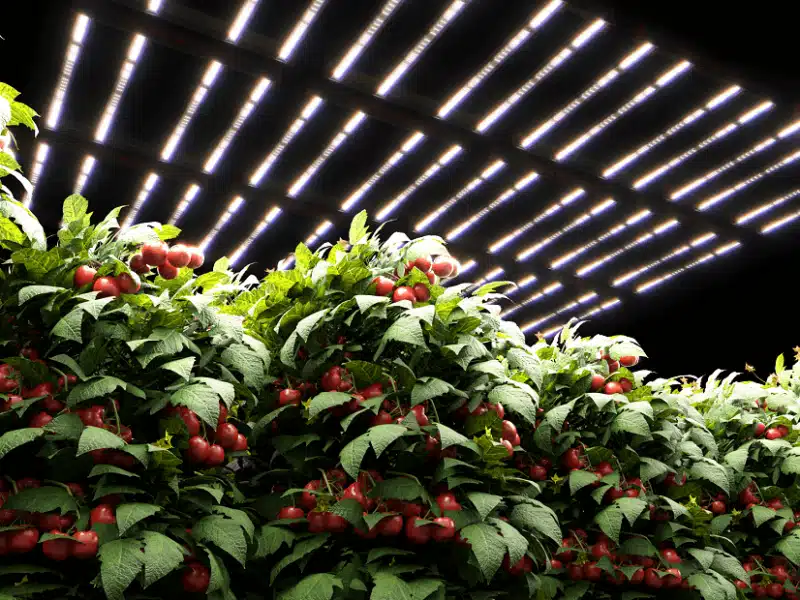
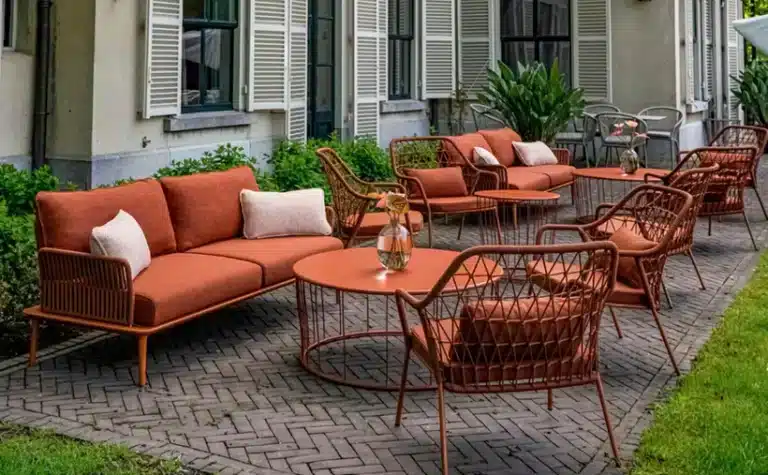
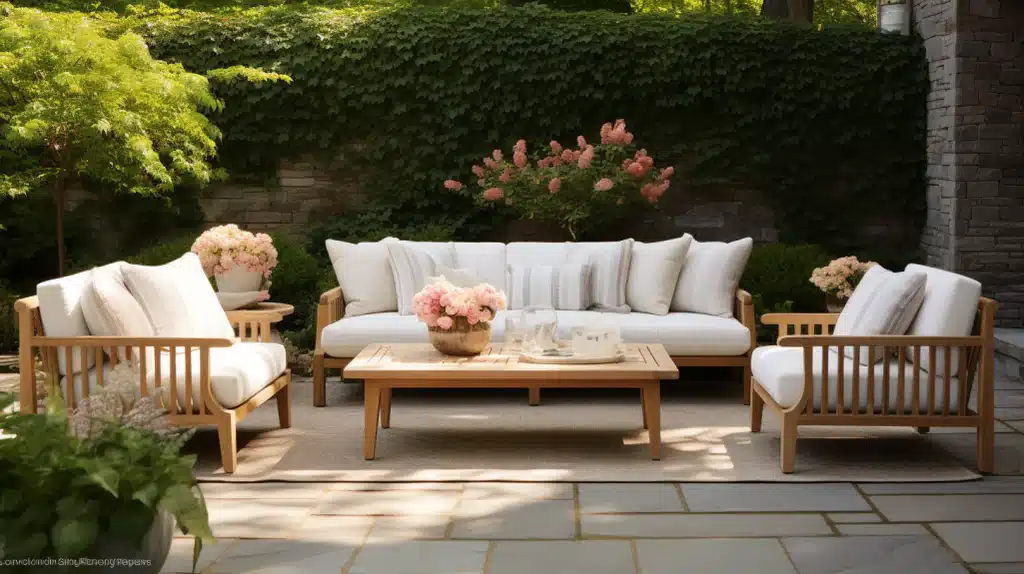
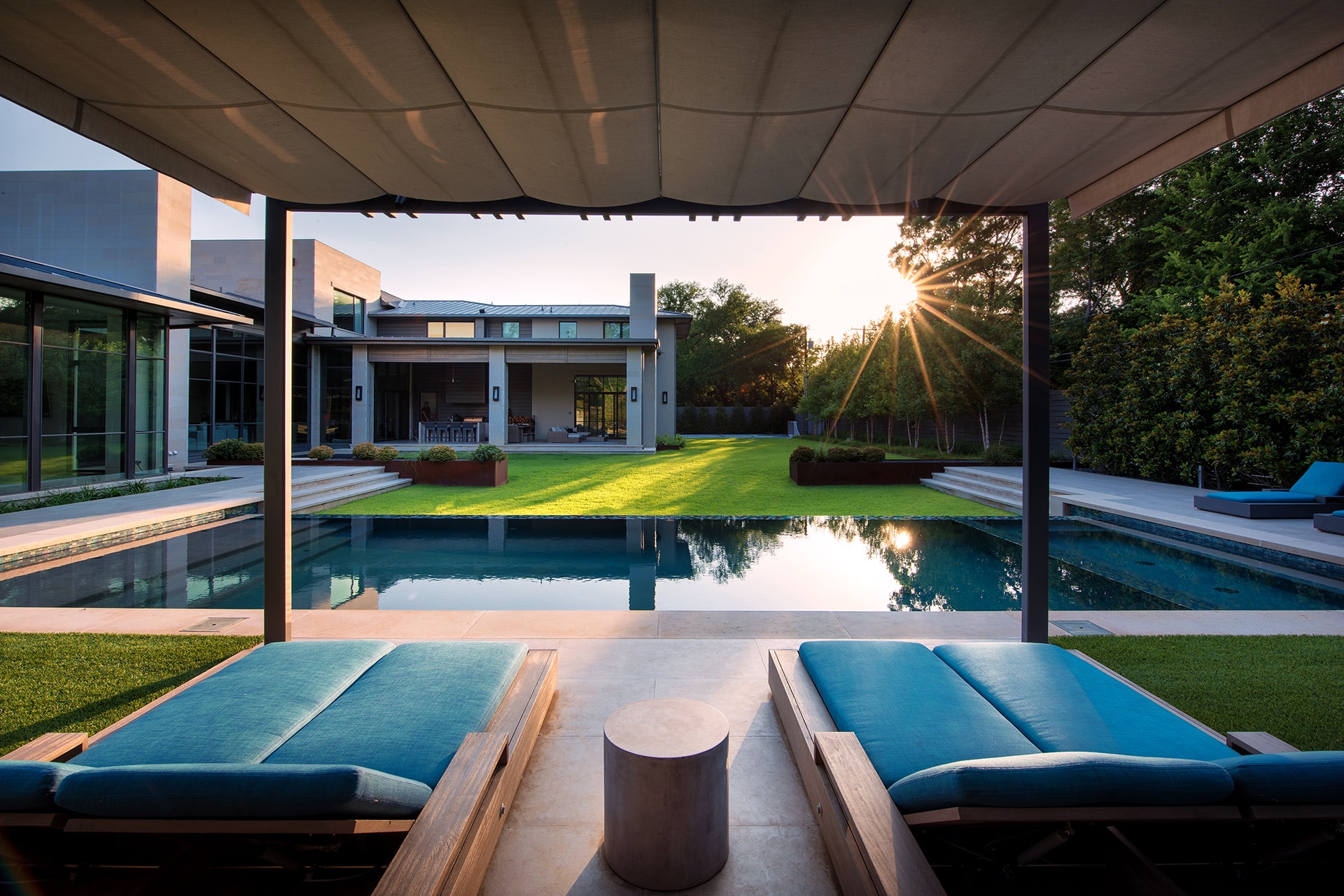

 Safety is paramount. Unless you’re a qualified electrician, leave electrical work to the professionals. A bad DIY job can lead to fires, electric shocks and even invalidate your home insurance. A qualified electrician can advise on the best course of action, from simple socket additions to a complete rewire.
Safety is paramount. Unless you’re a qualified electrician, leave electrical work to the professionals. A bad DIY job can lead to fires, electric shocks and even invalidate your home insurance. A qualified electrician can advise on the best course of action, from simple socket additions to a complete rewire.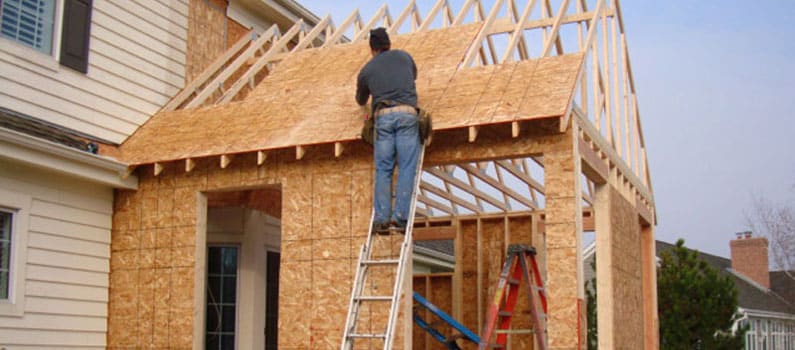 Adding an extension or loft conversion brings exciting possibilities, but it also creates new electrical demands. Collaborate with your electrician and architect to plan the layout.
Adding an extension or loft conversion brings exciting possibilities, but it also creates new electrical demands. Collaborate with your electrician and architect to plan the layout.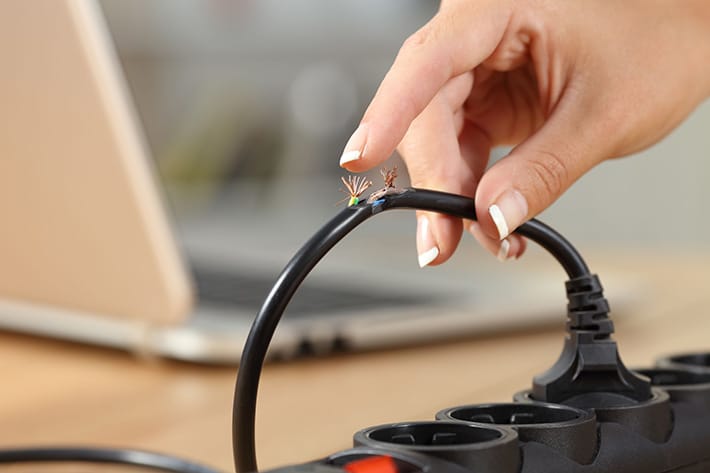 Electrical safety should be a top priority, and you must protect the property against any potential fire hazards. This is why it is strongly advised that you do not conduct any work on the electrics within your home if you are not qualified.
Electrical safety should be a top priority, and you must protect the property against any potential fire hazards. This is why it is strongly advised that you do not conduct any work on the electrics within your home if you are not qualified.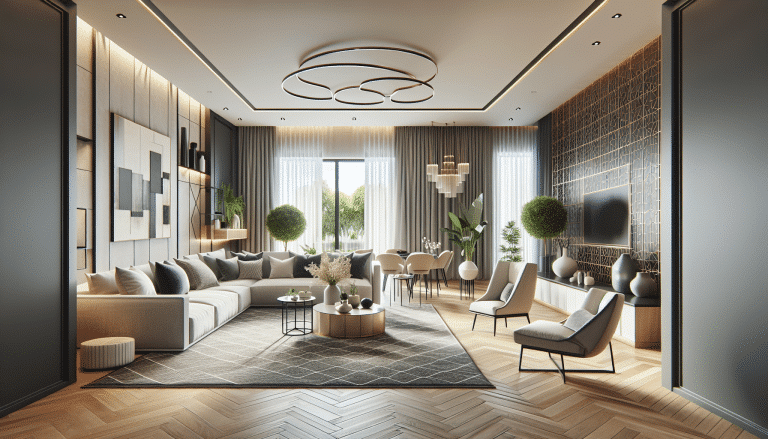
 In the quest for a modern living room that marries style with functionality, dual-purpose furniture stands out as a versatile solution. These innovative pieces not only save space but also enhance the aesthetic and practicality of the living area.
In the quest for a modern living room that marries style with functionality, dual-purpose furniture stands out as a versatile solution. These innovative pieces not only save space but also enhance the aesthetic and practicality of the living area.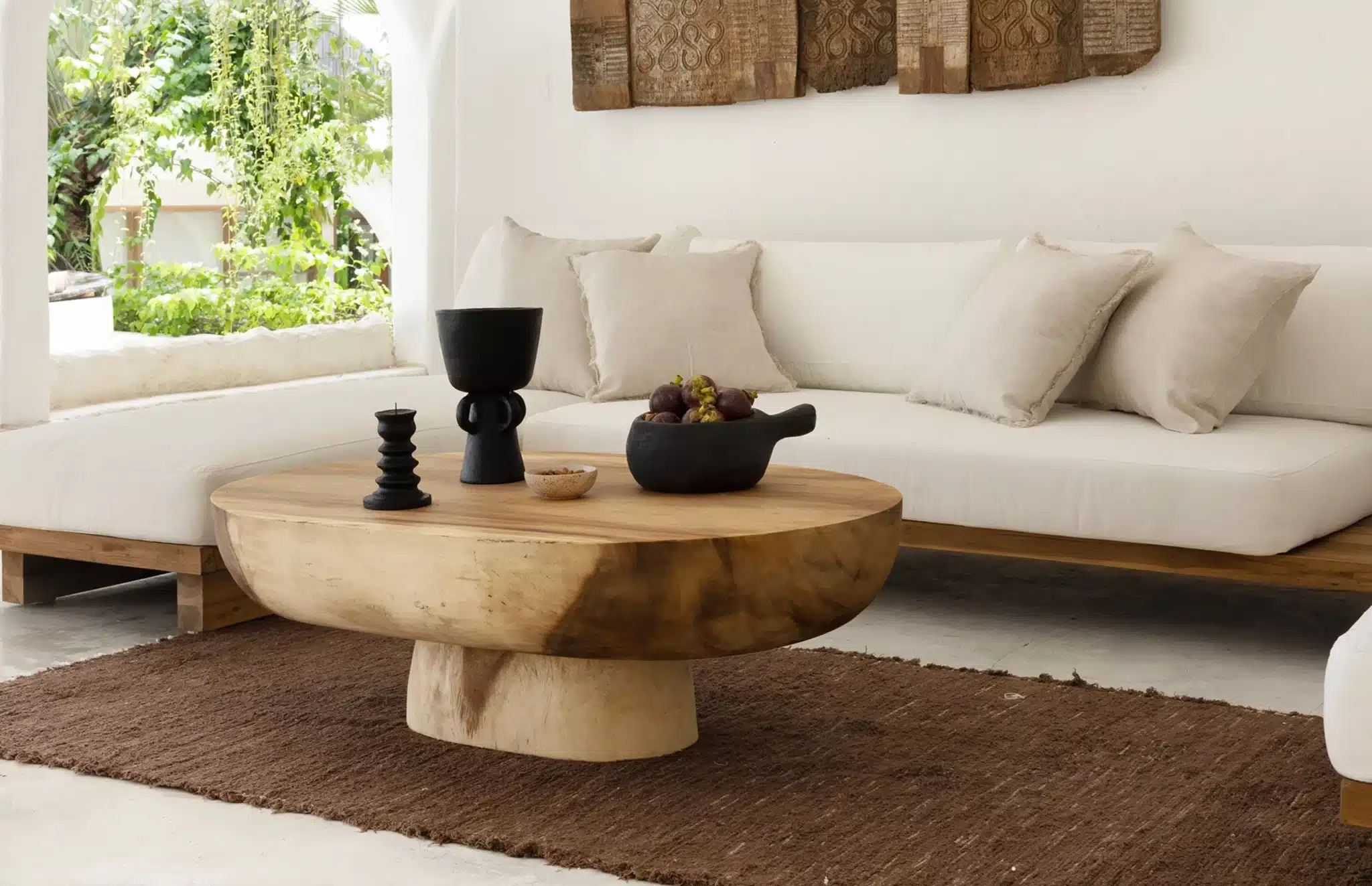 Incorporating natural
Incorporating natural 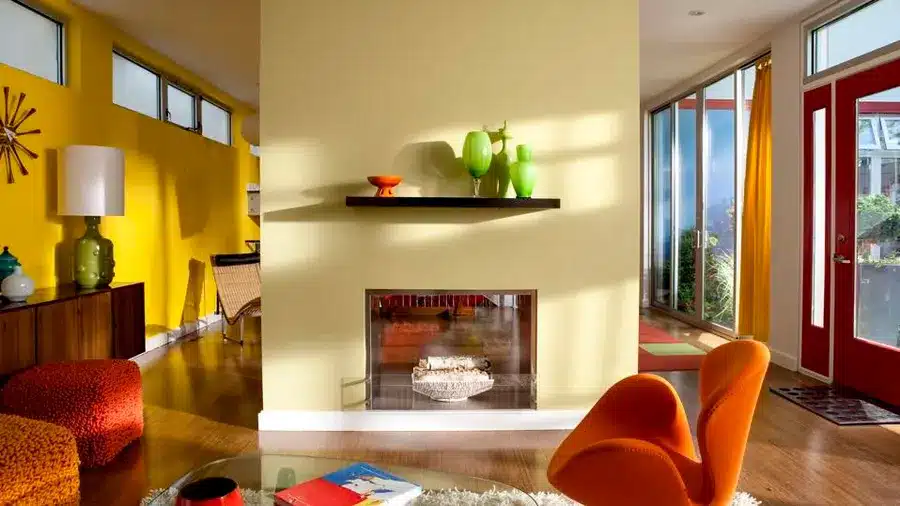 Selecting the right color schemes for your modern living room involves understanding how different colors can affect the space’s ambiance and functionality. Here are some trendy options and tips on how to choose them effectively:
Selecting the right color schemes for your modern living room involves understanding how different colors can affect the space’s ambiance and functionality. Here are some trendy options and tips on how to choose them effectively: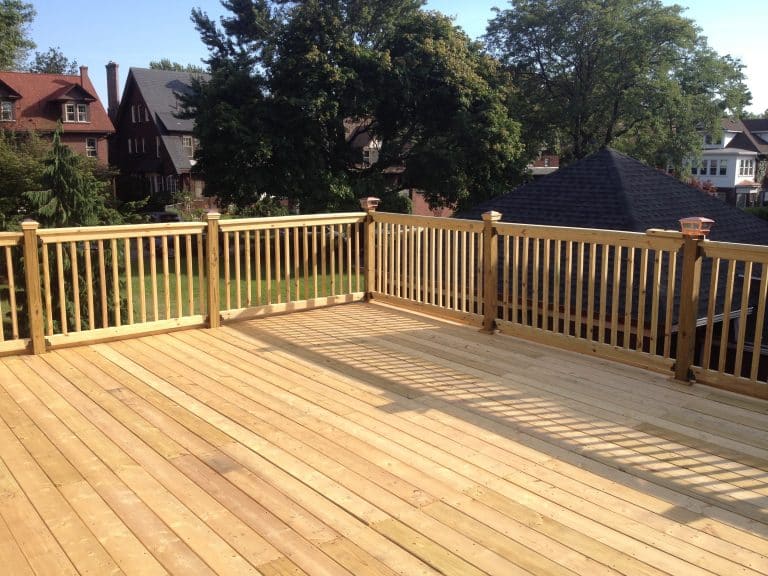

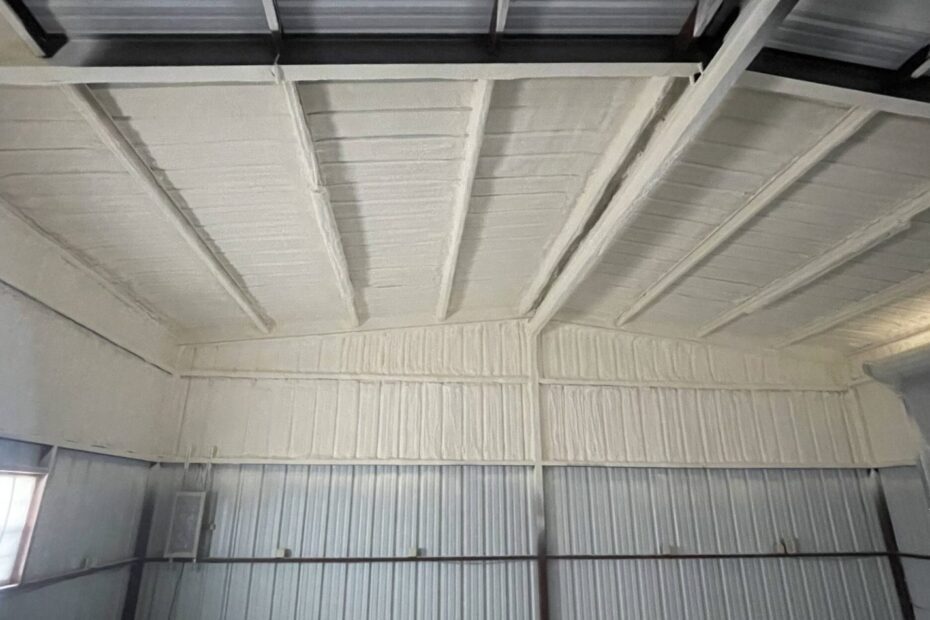 Let’s start with everyone’s favorite benefit: soundproofing. Metal buildings have a reputation for being a bit, well, noisy. From the clang of machinery to the pitter-patter of rain on the roof, unwanted noise can be a real headache.
Let’s start with everyone’s favorite benefit: soundproofing. Metal buildings have a reputation for being a bit, well, noisy. From the clang of machinery to the pitter-patter of rain on the roof, unwanted noise can be a real headache.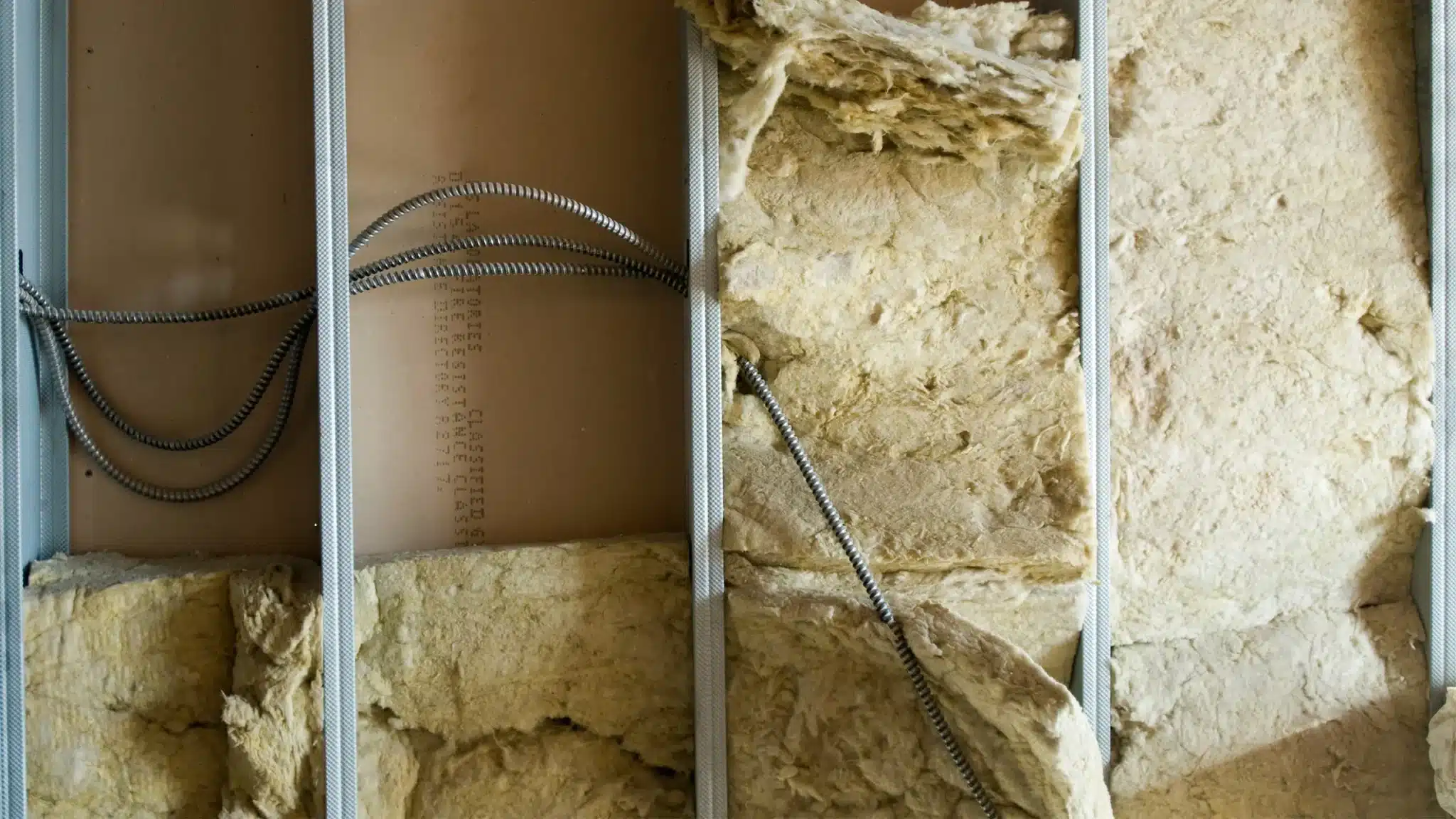 But wait, there’s more! Insulation isn’t just about soundproofing and comfort – it’s also about saving you money. That’s right, insulation is like a little money-saving superhero for your building.
But wait, there’s more! Insulation isn’t just about soundproofing and comfort – it’s also about saving you money. That’s right, insulation is like a little money-saving superhero for your building.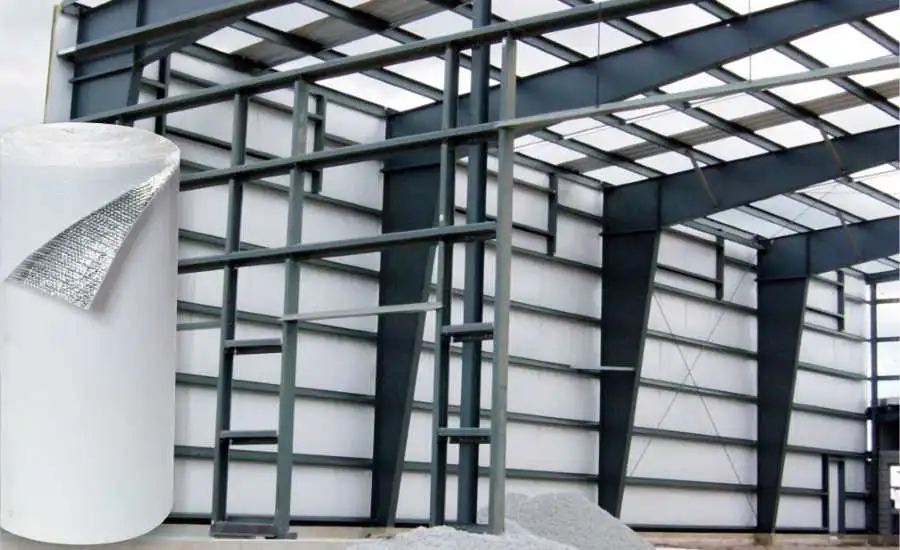 Of course, the size of your building is going to have an impact on how long this project takes you. For example, if you have a large building, it will take double the time for you to install all of the necessary insulation. Just ensure you don’t rush the process, as this can lead to substandard results.
Of course, the size of your building is going to have an impact on how long this project takes you. For example, if you have a large building, it will take double the time for you to install all of the necessary insulation. Just ensure you don’t rush the process, as this can lead to substandard results.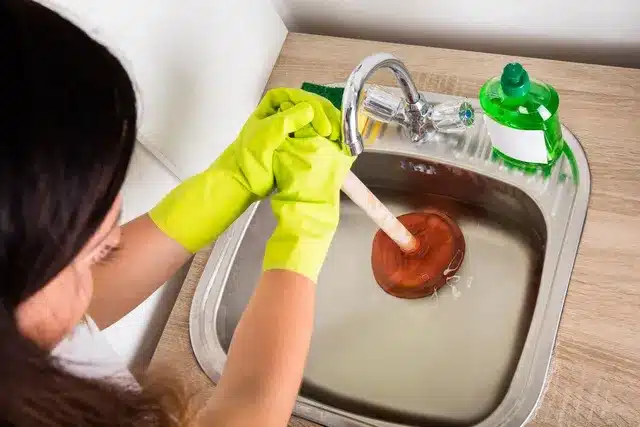
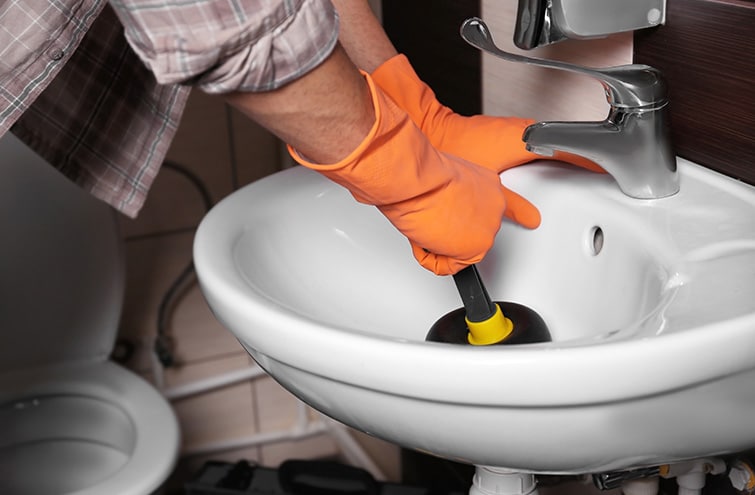
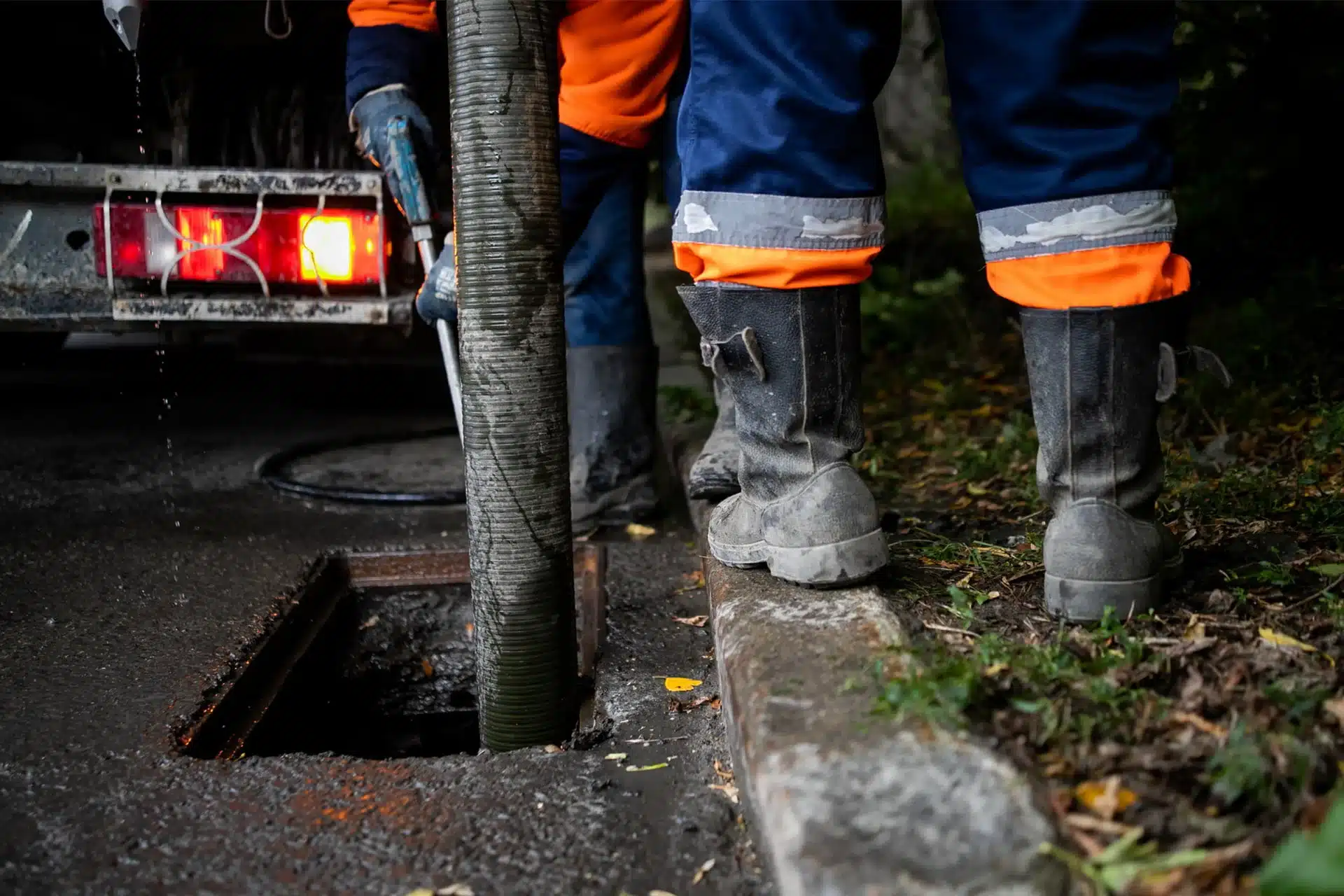 Are you starting to think that the blocked drain isn’t that bad after all? While there might be an unpleasant odour or the water drains away slowly, some homeowners believe they can put up with the side effects for longer.
Are you starting to think that the blocked drain isn’t that bad after all? While there might be an unpleasant odour or the water drains away slowly, some homeowners believe they can put up with the side effects for longer.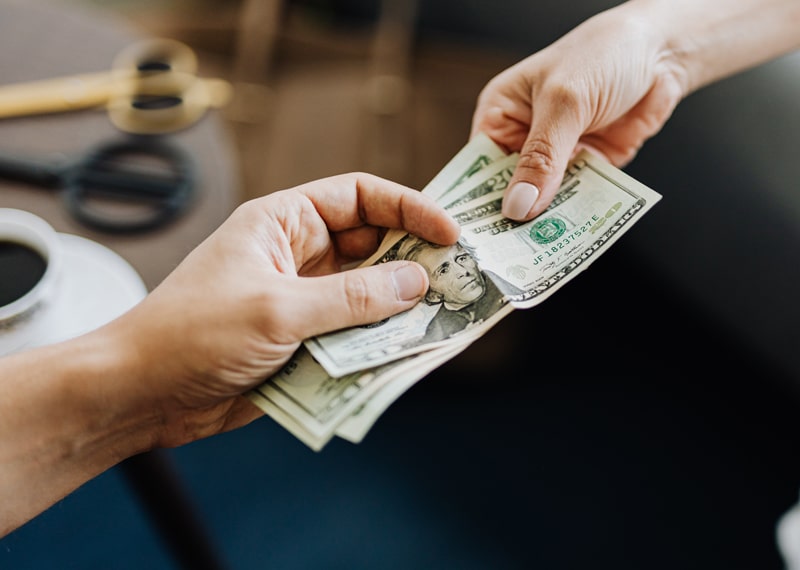 One of the main reasons why people delay using professional drainage services is because they can be costly. First of all, this is often a misconception and there are many companies that make their prices affordable.
One of the main reasons why people delay using professional drainage services is because they can be costly. First of all, this is often a misconception and there are many companies that make their prices affordable.